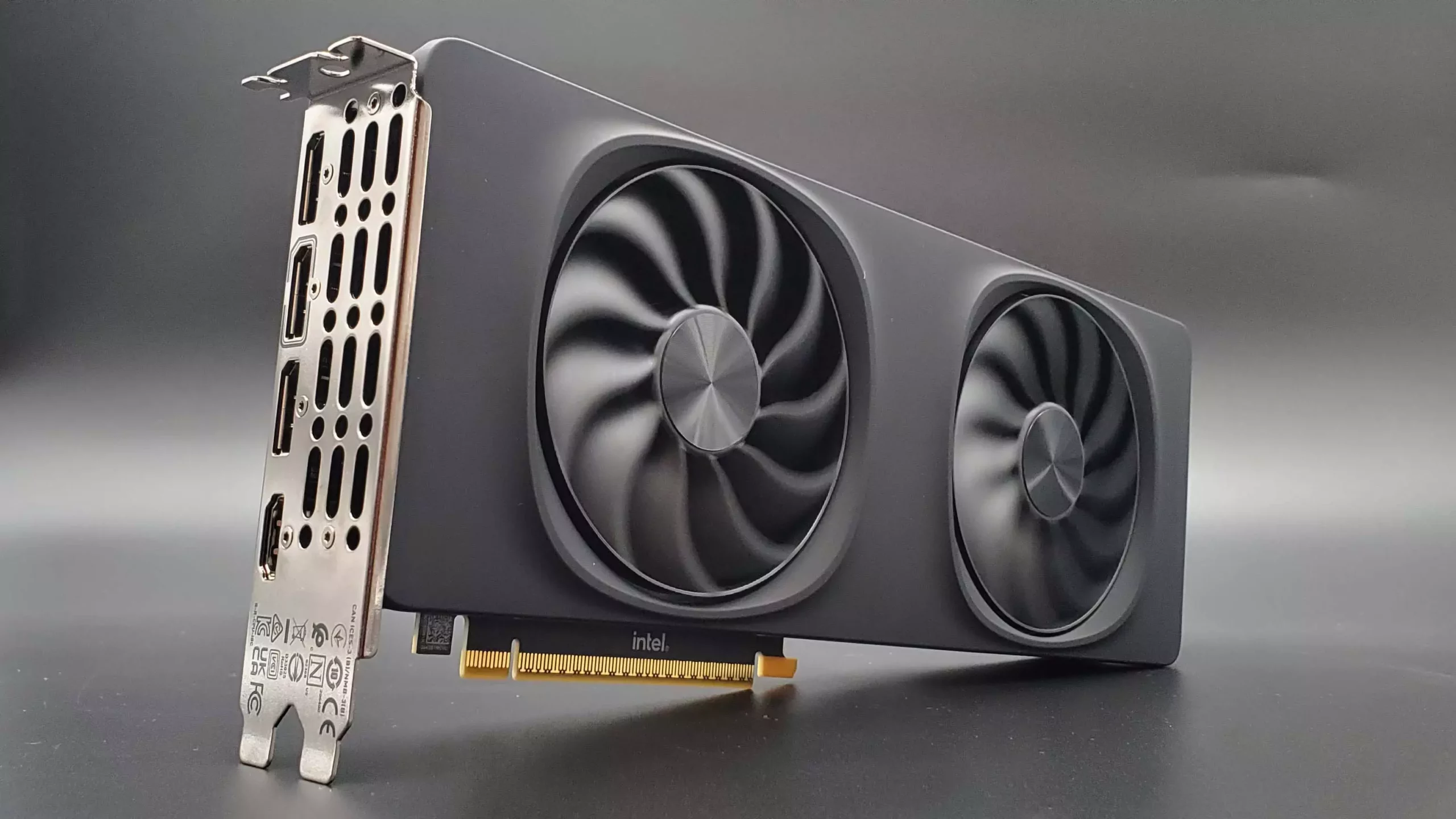The technology landscape, particularly in gaming hardware, is always abuzz with anticipation, especially when it comes to graphic processing units (GPUs). Recently, a new contender emerged from the shadows: the Intel Battlemage gaming graphics card, specifically the G31 variant. Thanks to eyes sharp enough to spot a shipping manifest, we have a semblance of insight into Intel’s potential game-changing GPU. With hopes pinned on achieving performance akin to Nvidia’s RTX 5070 while maintaining an affordable price bracket, the question remains: can Intel deliver?
Intel’s ambition to enter the competitive GPU market has seen it fluctuate between promise and uncertainty. The reported G31 stands as a beacon of hope—a mid-range graphics card that could offer extraordinary value. This variant allegedly packs 32 execution units (EUs), dwarfing the existing Arc B580 with its modest 20 EUs. By rough calculations, this increase in execution units could translate to a 50% performance boost, making the G31 a worthy contender against not just the RTX 5070 but also AMD’s Radeon RX 9070. If these rumors hold true, gamers might just find themselves on the brink of a new graphics renaissance.
Unraveling the Hurdles
However, enthusiasm should be tempered. The mere fact that a G31 GPU exists within a shipping manifest doesn’t directly translate to a retail launch. The distinction between “R&D” and consumer-ready products is critical, and Intel itself has a history of halting promising projects. Reports indicating that the G31 may have faced cancellation late last year cast a shadow on any prospective launch.
This uncertainty begs the question: what is Intel waiting for? The window for a competing release is rapidly closing, especially with both Nvidia and AMD preparing to unveil their own advancements by 2025. In this fast-paced environment, timing is everything. A late entry into a saturated market would only dilute Intel’s potential impact.
The Competitive Landscape and Challenges Ahead
Competing in the $400 GPU space is no easy feat, especially given that Nvidia and AMD possess well-established loyalty among gamers. A critical challenge for Intel will be overcoming skepticism rooted in its track record. While prior rumors and shipping manifests may generate excitement, the performance delivered by the G31 in real-world gaming scenarios will be the ultimate test of its allure. If an Intel Arc B770 does hit the shelves boasting performance on par with the RTX 5070, gamers will certainly clamor for it—but that is still a big ‘if’.
Additionally, factors such as pricing strategy will weigh heavily on Intel’s fate in this segment. If Intel maintains its trend of competitive pricing demonstrated with the B580 and B570, they could capture the attention of budget-conscious gamers looking for performance without breaking the bank. The promise of strong ray-tracing capabilities, coupled with Intel’s XeSS technology for upscaling, positions the G31 to be a formidable option.
A Glimpse into the Future
Speculation aside, there are glimmers of optimism for the potential of a G31-based card. When considering Intel’s history in pushing boundaries, one cannot dismiss the possibility that the company will take steps to carve out a more respectable space in the GPU arena. The demand for affordable high-performance graphics cards continues to grow, fueled by an increase in gaming popularity and the rise of high-resolution, immersive gaming experiences.
If the G31 can deliver its promised prowess while adhering to an attractive price point, Intel could disrupt the GPU market rather successfully. Ultimately, for gamers and enthusiasts, this means one thing: the landscape of gaming graphics may be ripe for revolution. With rivals like Nvidia and AMD on high alert, any movement from Intel will not only be highly scrutinized but welcomed as a fresh perspective in a market that yearns for innovation.
In all these discussions, we hope for a future where competent, affordable graphics cards shine, enabling every gamer, novice or veteran, to unlock the full potential of their gaming experiences. So, here’s to watching closely as the situation unfolds, fingers crossed for a positive outcome that extends beyond just hype.

